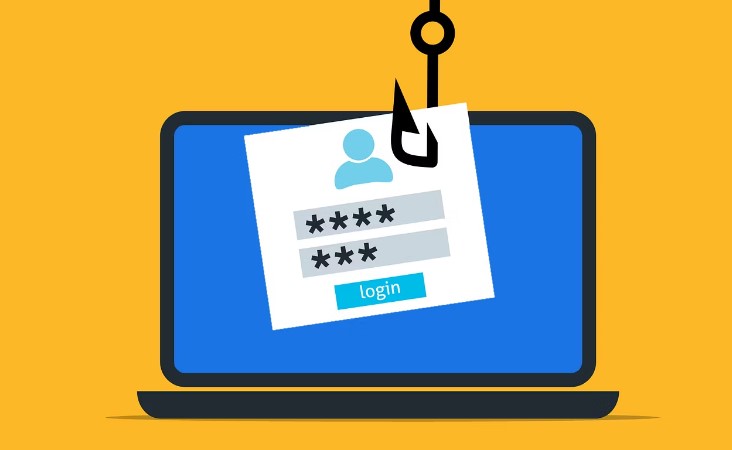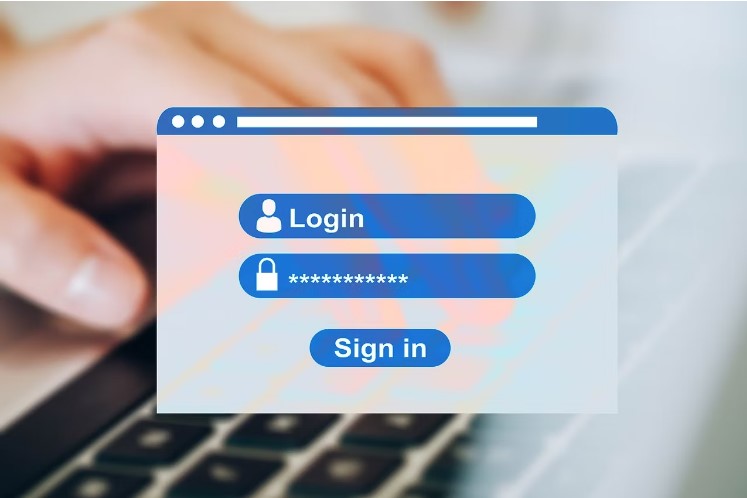8 rules to avoid being scammed on Facebook
- Tram Ho
The 8 guidelines below can help you avoid Facebook scams and scammers.
Because they want your personal information. They can use that information to access your bank account or even steal your identity, and they have many ways to steal from you through Facebook.
Your login information is valuable for many reasons. One is that you may have credit cards or other payment methods associated with them. They can also help fraudsters gain access to other accounts. For example, your bank account or online shopping account.
Once the scammers get some clues, they act quickly. Automated software allows them to check hundreds of passwords every minute until something works. To stay safe, you need to protect your information.

1. Remove personal information from your Facebook profile
Before Facebook emerged, online anonymity was the default. Sharing your real-life information is considered extremely unwise.
But Facebook requires users to use their real names, and it’s a goldmine of personal details for Facebook scammers.
This profile shares a lot of possible passwords. You can see your pet’s name, hometown, school sports team… And you don’t even have to be friends to see it.
It is better to limit the information you share. Creating an anonymous Facebook profile is the best way to protect yourself. After all, you don’t have to share your workplace history to enjoy social connection.
You can take it a step further, so people can only message you if you have a mutual friend. Do this using Privacy Settings.
2. Manage your Facebook privacy settings
If you’ve been using Facebook for a while, you have a lot of information organized on your profile. You may not want to delete it, as it is a handy reference tool. If you want to keep this data on Facebook, make sure you’re the only one who can see it.
From the Facebook website or app, go to Settings & Privacy > Privacy Center. For recommended settings, you can check out our guide to Facebook Privacy.
You should regularly check your privacy.
3. Remove access to Facebook from suspicious apps
The app usually asks for access to your Facebook profile. In most cases, access only activates the app’s social sharing options. However, you should still check your Authorized Apps.
You can see them in Settings & Privacy > Settings > Apps & Websites. Remove any apps you don’t recognize. Remember that apps where you Sign in with Facebook will also appear in this list.

4. Don’t Click on Unusual URLs on Facebook
A common way to scam people is to use Messenger. Scammers send these links using bots loaded with generic scripts. For example, “this is hilarious…” or “OMG, check this out!”. If you see a line like this attached to a URL, be careful, especially if it doesn’t work for your friends.
These automated messages try to convince you to provide your personal information. Texting may try to scare you or tempt you with promises of something funny or interesting.
If you receive such a message, even from a friend, do not follow the instructions or open the link. Instead, respond and ask what’s going on. Your friend can tell you what’s going on, but the bot won’t respond.
If you’re still unsure, you can check the link’s destination with the web app that checks it for you.
5. Know the signs of Facebook scams
Knowing the most common Facebook scams keeps you alert. A common trick is to send you a link to a fake website, usually a login page. Remember that Facebook will never ask you to “verify your account” before clicking a link.
You may find that the URL on the fake site may have typos. The language settings are also incorrect for the user’s region. The footer is also incorrect. It uses the company name Facebook Inc. But as of 2022, the real site uses Meta © 2022.
Finally, the scammers use screenshots of the real website instead of building fake pages. You should not click on anything on a phishing site. But if you long press or right click to examine the links, you will often find that they are actually images. The matte quality also gives away this.
6. Don’t reply to Facebook posts
Facebook has a lot of public posts asking users to answer with quizzes. They often ask for nostalgic things, such as your first car or your favorite teacher. These posts may seem like fun, but they are dangerous.
Answering these questions will give the scammer a clue about your password or security question. If you feel inspired by the question, you’re better off starting a private conversation instead of commenting.
Even if you don’t use that information to recover your password, sharing it could put your friends and family at risk. Your loved ones can share your connection with these memorable details. For example, your first pet could also be your sibling’s first pet.
You cannot guarantee that none of your loved ones will use the same details for their login information. So it’s best to keep it to yourself.

7. Only add people you know to your Facebook account
Make sure you trust someone before accepting a request. Scammers often track personal details hidden behind “friends-only” privacy settings. To protect yourself, you should limit your Facebook Friends to people you really know.
One of the most common scams on Facebook Marketplace is making friend requests to potential buyers. Sellers can pretend they don’t know any other way to contact you, but this is a lie.
If you want to talk to a stranger, you don’t have to be Facebook friends. You can use Messenger. Go to Settings & Privacy > Settings > Privacy and turn on Request Messages.
8. Use a strong password for your Facebook account
Avoid using phone numbers, pet names, and similar information as passwords as these are easy to guess. Also, avoid setting short, simple passwords and never use the same password across multiple sites.
Your password must be at least 14 characters. Passwords should also contain a combination of upper and lower case letters, numbers, and symbols. There are other ways to make sure your passwords are safe, but these are the basics.
While convenient, you should avoid using the Facebook Login option on other websites. The more websites your Facebook account connects to, the greater the loss if you ever get scammed. Instead, sign in only for each account.
Stay safe from Facebook scams
If you think you may have been scammed, the first thing you should do is change your Facebook password. Then sign out of all devices.
Source : Genk
